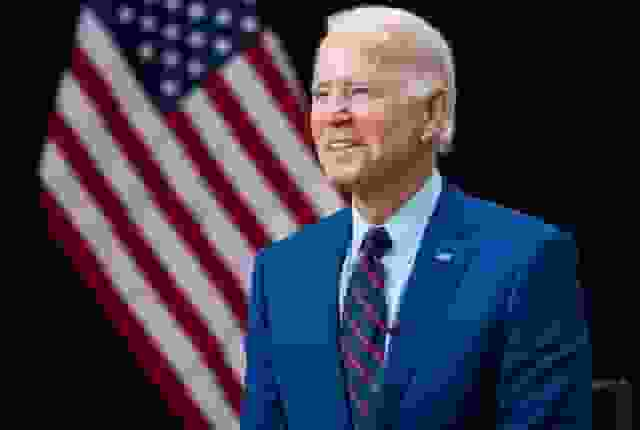
President Joe Biden stated last Friday that he will be wiping off an astonishing $39 billion in school debt for more than 800,000 borrowers.
Joe Biden’s direct response to the Supreme Court rejecting his initial attempt to handle student loan debt.
Direct Loans, Federal Family Education Loans, And Parent PLUS Loans
But why would this new idea differ from the one that the Supreme Court rejected? We will outline the key distinctions and how this new idea can prevent a judicial hearing.
The forgiveness President Biden is currently proposing has more limited debt discharges, in contrast to the wide forgiveness he initially tried to grant borrowers.
It will also make use of a different statute than the one the Supreme Court struck down. According to federal regulations and the Higher Education Act of 1965, borrowers are qualified for loan forgiveness after making between 240 and 300 qualifying monthly payments.
On a conventional repayment plan or an income-driven repayment plan, that equates to 20–25 years of payments.
The administration asserts that debtors lost hard-earned progress toward loan forgiveness because of erroneous payment accounts.
Direct Loans or Federal Family Education Loans that are currently held by the Department of Education are included in the loans covered here. Parent PLUS Loans are included in this.
The greatest difference is that the rejected plan allowed borrowers who made $125,000 a year or more to have up to $10,000 in student loan debt forgiven.
Read more: Social Security Update: Check Your Eligibility For The Maximum Benefit Of $4,555
A Boost For Eligible Students

Students who satisfied the income requirement and qualified for a Pell Grant and had a significant financial need could receive an additional $10,000 in aid.
With an estimated 40 million Americans eligible for relief, this proposal was considerably more comprehensive than the current one that was offered.
Loan balances would have been forgiven for half of those. It is more likely that the Supreme Court will adopt this revised scheme given its character.
Read more: China’s Defense Minister Engages In Diplomatic Discussions With Kissinger On Sino US Relations

